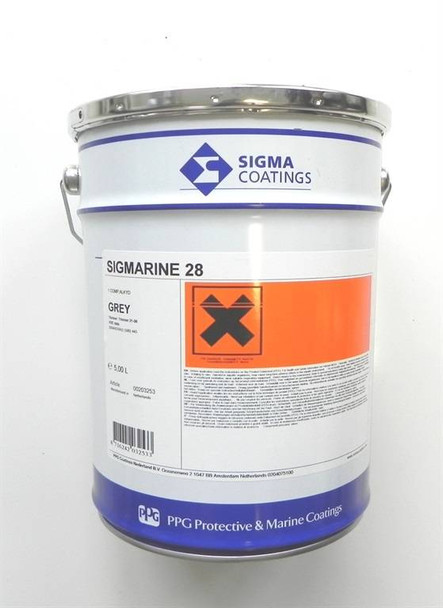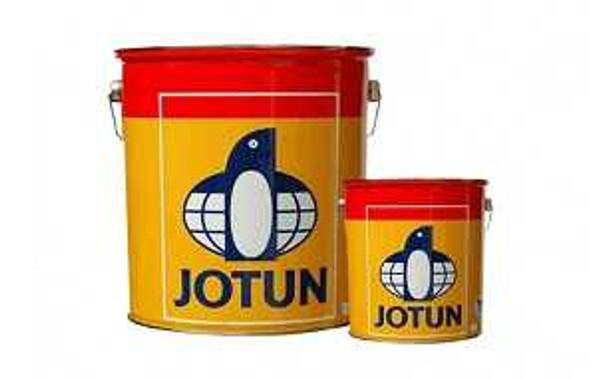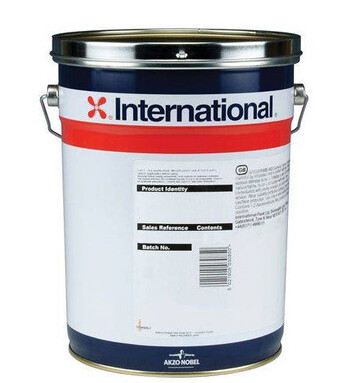HOW TO USE MARINE PAINTS
It is no news that dissolved oxygen and water are agents of corrosion on metals, they induce their action and hence, destroy the protective hydrogen film and oxidizes dissolved ions into insoluble form. All paint coatings prevent attack on the metal covered simply by excluding the corrosive agency whether air or water. I will be showing you how to use and apply marine paint for this reason.
What are Marine Coatings?
Marine coatings are waterproof, protective layers that are applied to surfaces exposed to or immersed in fresh, brackish, and/or salt water. They are used with boats, ships, yachts, ferries and other watercraft, as well as with marine platforms such as offshore oil rigs.
In a marine environment, pitting corrosion and bacterial corrosion are most likely to occur. Marine corrosion has a significant impact on sea carriers and their longevity. Every year, billions of dollars are spent to protect against marine corrosion. Therefore, effective corrosion control strategies should be chosen with the appropriate selection of coating for a marine environment. Marine coatings have special functionality to protect marine vessels and other carriers above and below the waterline. Marine coated surfaces are easily cleanable.
SIGMARINE 28 SIGMA PROTECTIVE AND MARINE COATING
Types of Marine Coatings
Like other types of protective coatings, marine coatings differ in terms of performance, properties, and chemistries. Marine paints include epoxy fairing compounds, epoxy primers and sealers, and wood finishing systems. Marine coatings come in four types:
- Anti-fouling coatings
- Anti-corrosion coatings
- Foul release coatings
- Others – self-cleaning and self-polishing coatings
Marine coatings can be categorized according to technology and are usually designed for specific substrate materials. Technologies include film drying and air setting, laser fusing and laser marking, multi-component systems, reactive or moisture curing, and ultraviolet (UV) radiation. Thermoplastic marine coatings melt repeatedly when heated and solidify when cooled. Thermoset marine coatings undergo a chemical reaction during the cure cycle when heated. Depending on the technology, marine coatings may be used with substrates made of aluminum, steel, or other metals; fibers or fabrics; asphalt, bitumen, or coal tar; plastics, rubber, or elastomers; and concrete or masonry.
Tips on How to Apply Antifouling Coatings
The method of applying antifouling is to use a small-medium pile roller with an extension handle. This keeps you at arm's length from the paint and reduces the amount of bending and stooping necessary. It can be tempting to use a larger roller, but these absorb a large amount of paint and with antifouling being expensive the time saved rarely justifies the additional cost. Professional application can also be by spraying, but specialist facilities are essential to avoid the risk of inhaling harmful vapours and toxic particles. As well as accurately masking the waterline; do not paint zinc sacrificial hull or shaft anodes, as this will wreck their performance. Similarly, note that aluminium outdrives may need a different type of anti-foul to the hull.
It is important to note that when applying antifouling a face mask, overalls, gloves and goggles are needed to protect against contact with the paint. If your overalls don't have a hood it is worth wearing a hat as it is surprisingly easy to rub your head against the underside of the hull, with embarrassing and toxic results.
Jotun Marine paint Jotamastic 80 Standard
Tips on How to Apply Anti-corrosion Coatings
Coating steel used in marine environments helps to protect it from the damage which prolonged contact with water can cause. Not only can water damage weaken components, it can also compromise performance, increasing the likelihood of failure at a crucially unknown moment.
Three types of anti-corrosion coating
1.Barrier Coating:
Barrier coatings form a shielding non-porous layer over a substrate that prevents the surrounding environment from affecting the base metal. If a barrier coating is applied to the base metal without any other coating or film and is damaged by impact or chemical attack, the substrate is then unprotected. Film thickness and solid content significantly affect the lifespan of the protection.
2.Sacrificial Coating
Sacrificial coatings act as an additive over a substrate which sacrificially corrodes to protect the material below. Unlike barrier coatings, sacrificial coatings remain effective if the film is damaged, however the level of protection offered is dependent on the additive content level and type of paint binder used.
3.Inhibitive Coating
Inhibitive porous coatings form a passive layer on a substrate that reacts with metal and humidity as it penetrates the film. The corrosion protection offered by inhibitive coatings significantly reduces over time and is why these coatings are regularly used in primers that are over-coated.
International Paint Interbond 201 20L
Considerations for Anti-corrosion Coatings
- Are there sufficient facilities to cope with the size and geometry of your components?
– Are barrier, inhibitive and sacrificial coatings all available?
– Are there suitable technical support to understand the challenge to be solved and recommend the best type of anti-corrosion coating?
– Does the potential supplier have the flexible capacity to cope with your volumes and process within your timescales?
These few tips will elongate the lifespan of your marine vessels. Feel free to contact Us for more information, questions, professional advice on procurments and services of marine paints.
Frequently Asked Questions
1. What is marine paint?
Marine paint, also known as boat paint, is a specialised coating designed for use on boats, ships, and other marine structures. It provides protection against corrosion, fouling, and the harsh marine environment.
2. Can I apply marine paint myself, or do I need a professional?
Applying marine paint can be done by boat owners themselves. However, proper surface preparation and application techniques are crucial for a successful and long-lasting finish. If unsure, it's advisable to consult with a professional or refer to the manufacturer's guidelines.
3. How often should I repaint my boat?
The frequency of repainting your boat depends on factors such as the type of paint used, environmental conditions, usage, and the condition of the existing paint. Generally, boats may require repainting every 3-5 years, but it's best to follow the paint manufacturer's recommendations.
Related Articles
What is Marine Paint Used for?
How Long Does Marine Paint Last? Factors That Influence Its Lifespan









